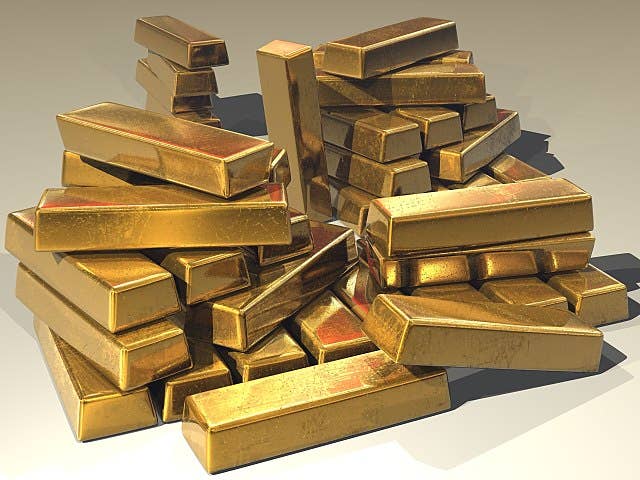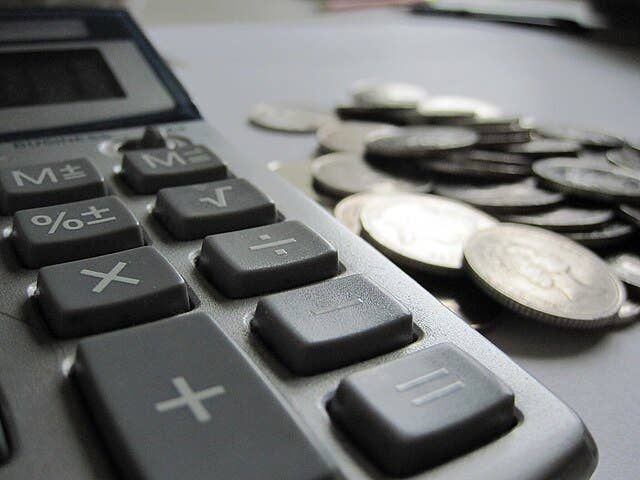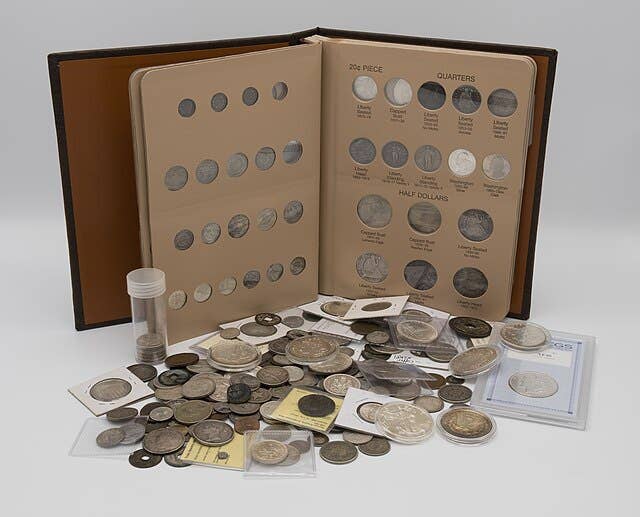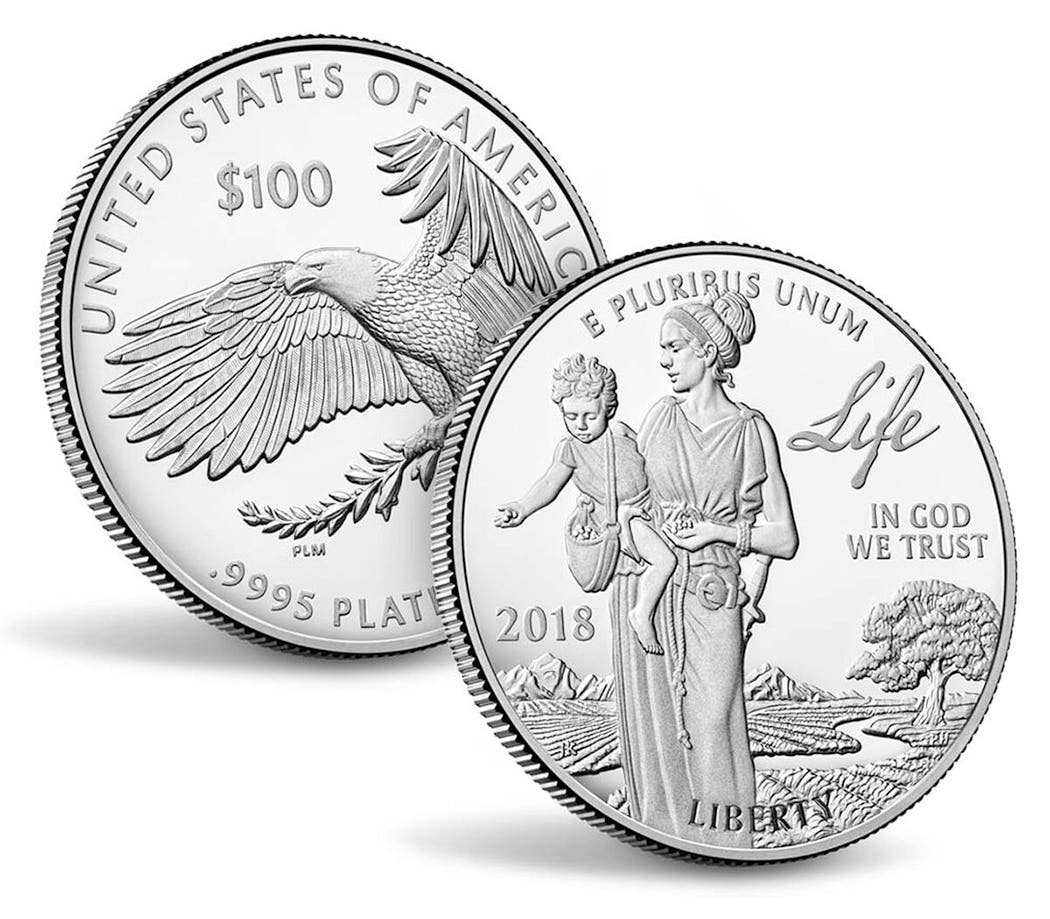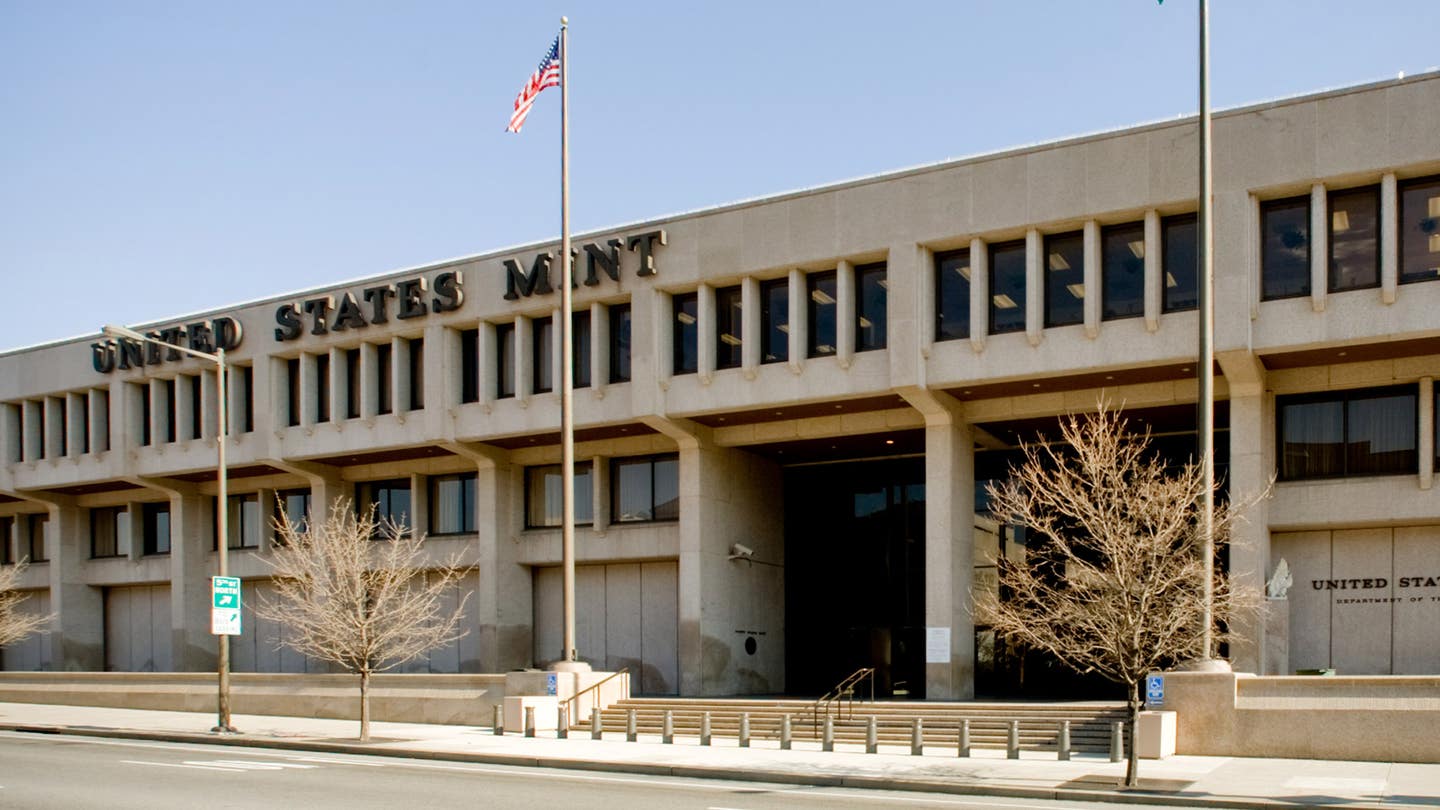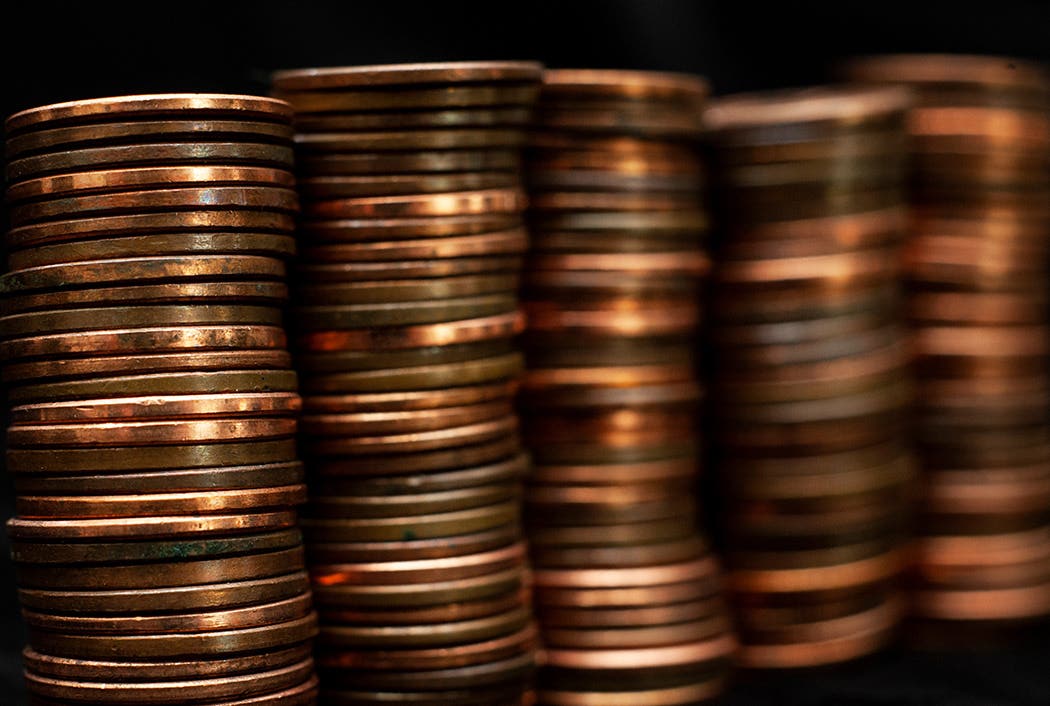Cashless Market is Not King
There is a short-term and a long-term component to the market for coins. The long-term market involves scarce to rare coins. These are individual coins that are usually bought and…
There is a short-term and a long-term component to the market for coins. The long-term market involves scarce to rare coins. These are individual coins that are usually bought and sold after being held for several years. The short-term sector of the market involves those coins for which there is a more rapid velocity of turnover. This usually involves bullion, bullion-impacted and recently produced, made-for-collector coins.
On Sept. 20, the Chinese real estate giant Evergrande threatened to default, resulting in stock market jitters all over the world. Some cyber currencies plunged as much as 10 percent, while gold and silver moved noticeably to the plus side. This took the precious metals-impacted sector of the market for coins with it – to the plus side. It also illustrated the instability of the cashless society market. Cash is still king, especially if it is specie rather than fiat money.
Once the dust settles, investors will once more reexamine their appetite for coins, both as a short-term and a long-term investment opportunity. The hobby is strong, even without these investors, but their involvement is making the market for coins even stronger. As for the cashless society folks, perhaps they should reconsider just how cashless they really want to be.
This sudden shift in spot metal prices was felt through the demand for reasonably available gold and silver composition coins. While such a hiccup in the equity markets is unlikely to create a surge in demand for scarce to rare coins, the impact of a longer-term weaker equity market on rare coins, should it happen, would not be felt for some time. Buying into coins either as a hobbyist or as an investor is not about chasing antiquated windmills. Coins are as relevant today as they have ever been.

